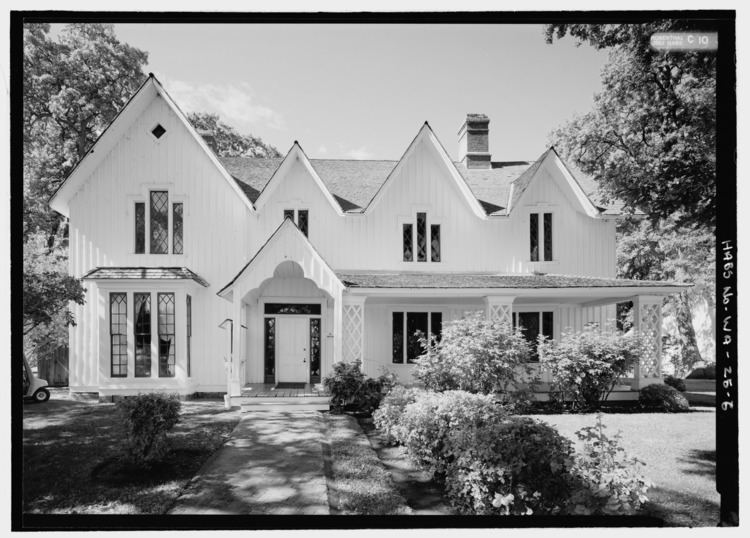- Indian agency 1859-1923 Built 1856 Opened 1856 Phone +1 509-874-2372 | NRHP Reference # 74001994 Area 57 ha Added to NRHP 27 June 1974 | |
 | ||
Address 5150 Fort Simcoe Rd, White Swan, WA 98952, USA Architectural style Gothic Revival architecture Similar Yakima Sportsman State Park, Conconully State Park, Camp Wooten Retreat C, Lewis and Clark Trail State Park, Steptoe Battlefield State Park | ||
A day in white swan washington fort simcoe part 1
Fort Simcoe was a United States Army fort erected in south-central Washington Territory to house troops sent to keep watch over local Indian tribes. The site and remaining buildings are preserved as Fort Simcoe State Park, located eight miles (13 km) west of modern White Swan, Washington, in the foothills of the Cascade Mountains.
Contents
- A day in white swan washington fort simcoe part 1
- Fort simcoe job corp
- History
- Park and museum
- References
Fort simcoe job corp
History
The site was a meeting, trade and culture center for prehistoric tribes of Indigenous peoples of the Americas from areas all around the present state of Washington. Prior to 1850, the site was used as a trade center and campground for the various bands of Native Americans that now make up the Yakama Indian Nation.
The fort was built in the late 1850s in an old oak grove watered by natural springs by future Civil War general Robert S. Garnett. The fort was in use for three years. In 1859, the military turned the fort over to the Yakama Indian Agency. The fort was then converted to an Indian school and the Yakama Indian Agency managed its affairs from the site until the early 1900s. The park was established in 1956.
Park and museum
Fort Simcoe State Park is a 200-acre (0.81 km2), day-use heritage park on the Yakama Indian Reservation. The park is primarily an interpretive effort, telling the story of mid-19th century army life and providing insights into the lifeways of local Native American culture. Five original buildings are still standing at the fort: the commander's house, three captain's houses and a blockhouse. Various other buildings have been recreated to appear original. Houses are filled with period furnishings. The park was placed on the National Register of Historic Places in 1974.
The interpretive center, the original commander's house and two officer's buildings with period furnishings open to the public from April through September on Wednesday through Sunday. The original blockhouse and other recreated fort buildings are not open to the public. Special re-enactments and living history events are held during the year, as well as other special events.
